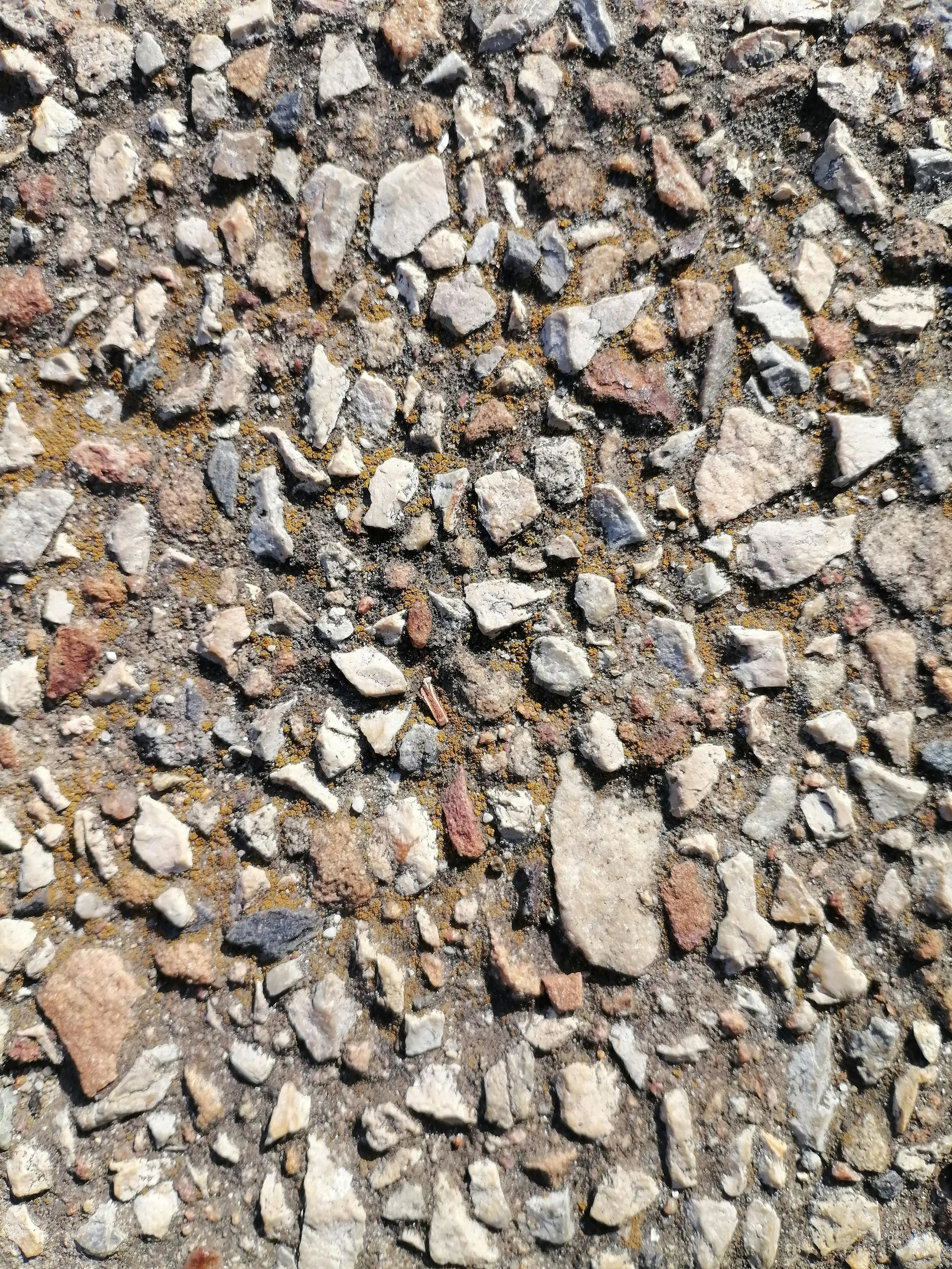The Effects of Cold Temperatures on Asphalt: How Geotechnical Engineering Prevents Future Problems
The Science Behind Asphalt Behaviour in Cold Temperatures
Cold weather poses significant challenges to asphalt infrastructure, particularly in regions that experience harsh winters and fluctuating temperatures above and below freezing (0oC). Roads, parking lots, and other paved surfaces endure a constant battle against freeze-thaw cycles, frost heave, and the brittleness that comes with low temperatures. Understanding how asphalt behaves in the cold and the science behind its composition is key to developing strategies that maintain its durability and functionality. This blog delves into the fascinating science of asphalt in cold climates and highlights the innovative techniques geotechnical engineers use to combat thermal and ground-related issues.
Understanding Asphalt Composition
Asphalt is a composite material made up of:
Aggregates: Rock crushed into sand, or gravel or naturally occurring deposits that provides structural integrity.
Binder (Bitumen): A petroleum-based substance that holds the aggregates together and provides flexibility.
Admixtures: Chemicals added to the composite material to provide specific properties such as additional adhesion between the aggregate and binder.
In warm temperatures, bitumen remains pliable, allowing the asphalt to absorb stress from traffic and minor ground movements. However, as temperatures drop, the bitumen stiffens and becomes more rigid, significantly altering how asphalt behaves.
How Cold Temperatures Affect Asphalt
Thermal Contraction: Asphalt contracts when exposed to cold temperatures, creating stress within the pavement. Repeated cycles of expansion and contraction can lead to microcracks, which may evolve into visible cracks or potholes.
Loss of Flexibility: Cold temperatures increase bitumen’s viscosity, reducing its ability to deform under stress. This brittleness raises the risk of cracking under heavy loads or sudden impacts.
Freeze-Thaw Cycles: Water infiltrates small cracks or pores in the pavement and freezes, expanding by about 9%. This expansion widens cracks and weakens the structure. When the ice thaws, voids are left behind, making the asphalt more susceptible to further damage.
Frost Heave: In subzero temperatures, moisture in the soil beneath asphalt freezes, forming ice lenses that push upward and create uneven surfaces. Once the ice melts, the asphalt may collapse into voids, causing depression or potholes.
How Geotechnical Engineers Address Thermal and Ground-Related Issues
Frost Protection in Construction
Thermal considerations are critical for ensuring the longevity and stability of foundations and pavements in cold climates. Geotechnical engineers employ several strategies to minimize frost heave and other cold-weather effects:
Frost-resistant Materials: Using non-frost-susceptible aggregates and insulating foundations with rigid foam insulation.
Drainage Systems: Preventing water accumulation in soils through proper drainage, this can be employed through surficial grading or by utilizing subsurface drainage features such as subdrains
Thermal Barriers: Applying geotextiles or impermeable layers to limit water infiltration and reduce temperature fluctuations.
Frost Tapers: Frost tapers are an essential design feature in cold-region pavements. They involve a sloped transition in road surfaces, strategically created to mitigate the effects of frost heave or frost-related issues. This design is especially beneficial in regions experiencing freezing and thawing cycles that cause significant changes in the ground or pavement structure.
Common Applications of Frost Tapers:
Bridge Approaches: Frost tapers are often used at the transition between bridges and roadways, where the ground beneath shifts differently due to frost.
Cold-Region Roads: In areas with harsh winters, frost tapers ensure smoother driving conditions, reducing wear on vehicles and minimizing pavement maintenance.
Construction Practices: The implementation of frost tapers often involves the use of frost-resistant soils, insulation layers, or other materials designed to minimize frost damage and improve pavement durability.
Key Features of Frost Tapers:
Smooth Transition: Frost tapers create a gradual slope in the pavement to reduce sudden elevation changes caused by frost heave or differential settlement, ensuring smoother driving conditions.
Frost-Heave Mitigation: By accommodating areas where frost-susceptible soils expand and contract, frost tapers help maintain structural integrity and limit damage caused by freeze-thaw cycles.
Ground-Related Considerations
Thorough site investigations and soil testing are essential to ensure a stable foundation in cold climates. Geotechnical engineers address the following:
Frost Susceptibility: Assessing soil composition, moisture content, and thermal properties.
Engineered Fill: Replacing frost-susceptible soils with stable non-frost susceptible alternatives.
Drainage Systems: Diverting water away from frost-prone soils.
Frost Prone Soils:
Pavement and Asphalt Design
Designing asphalt for cold-weather conditions involves selecting materials and techniques to ensure durability:
Flexible Binders: Incorporating low-temperature resilient binders enhances asphalt's ability to withstand thermal contraction, reducing the risk of cracking. These binders maintain elasticity in cold conditions, improving pavement durability and performance during freeze-thaw cycles.
Additives and Polymers: Enhancing flexibility and resistance to cracking in cold temperatures, improving durability during freeze-thaw cycles, and increasing adhesion to prevent moisture-related damage. Common additives include SBS (Styrene-Butadiene-Styrene) for elasticity and hydrated lime for moisture resistance.
Subgrade Preparation: Compacting soils effectively and ensuring even grading to reduce voids and distribute thermal stresses.
Long-Term Solutions
Long-term durability relies on proactive measures:
Monitoring and Maintenance: Installing sensors to track ground temperatures and moisture levels, allowing timely interventions. (Proper design strategies as summarized in section– How Geotechnical Engineers Address Thermal and Ground Related Issues).
Regular Inspections: Addressing early signs of wear, such as cracks or erosion, to extend infrastructure lifespan.
Climate Adaptation: Designing infrastructure with regional temperature ranges in mind and considering future climate changes.
Conclusion
Cold temperatures pose significant challenges to asphalt, from thermal contraction and brittleness to the destructive forces of frost heave and freeze-thaw cycles. Advanced geotechnical and material selection practices—such as using flexible binders, implementing effective drainage systems, and adopting frost-resistant construction techniques—are essential to mitigating these effects and ensuring long-term durability.
Investing in proper asphalt design and maintenance not only protects infrastructure from the harshest winters but also reduces costs associated with repairs and premature failures. By combining scientific understanding with practical solutions, we can create resilient roads and foundations that stand the test of time, even in the most challenging climates.







